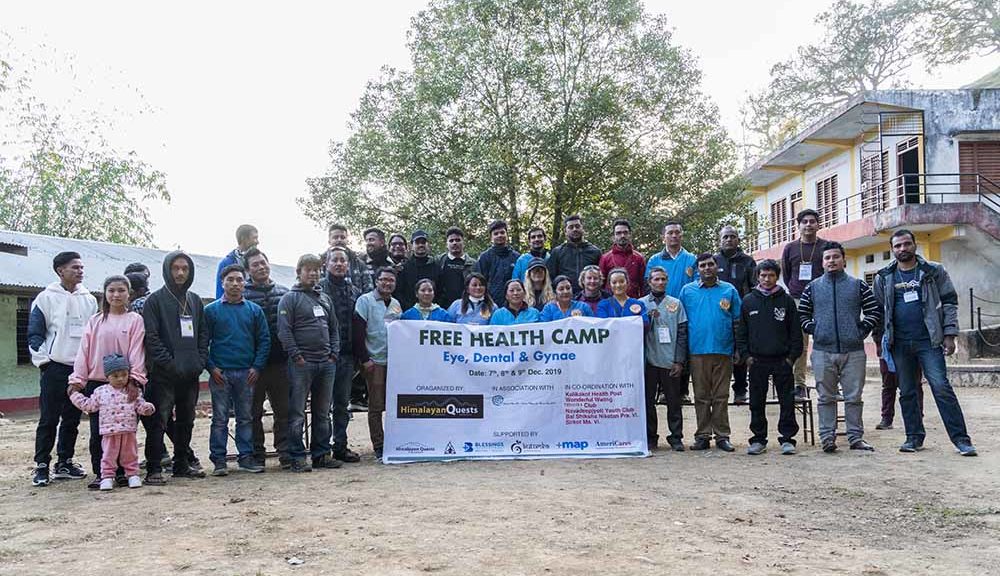After an early rush the numbers slowed down to a steady trickle that all but ran out just after lunch time, with just a few stragglers limping in towards late afternoon.
Numbers overall were 40% down on last year (where we offered the same 3 check-ups) with a total number of patients of 250 versus 415 in 2018. As you can imagine this sparked a huge discussion between ourselves and our local health providers as to the reasons behind this. One reason was obvious, and that was the lack of school children as the camp was held on a Saturday so as not to interrupt school exams scheduled to start the next day. Traditionally the Gabde School & surrounding school kids have always taken advantage of the camps to get their eyes and teeth checked, but this year they were busy studying.
After a long and animated discussion the overall conclusion that we came to re the reduction in numbers, was due to several reasons. 1. The reduction in services offered to just three, not including general health. 2. The provision of health services and physical access to them has increased since we started running camps in this village back in 2013. 3. The ongoing education of our patients about the importance of seeking treatment as soon as their symptoms arise, instead of waiting until they either can’t see, or are in so much pain they cant bear it any longer. Given this, overall we believe the reduction is a positive thing and the need for such camps is reducing.
Encouraging ladies to seek medical help for gynaecological issues however, is another issue altogether and is tied up with cultural perceptions about such problems, stigma and embarrassment. Many ladies, especially those from rural communities, would rather suffer in silence than bring attention to their issues. Ongoing education and counselling through such camps as ours is incredibly valuable and 26% of our patients sought out our women’s health services at this camp.
Those who did come, were incredibly grateful for the support given to them, and once again we continued to focus on education and counselling and not just dispensing medication.
In total we serviced 250 patients of which 148 were female and 102 male. These 250 patients were made up of 36 children (16yrs & under) and 214 adults, and between them they received 363 consultations, as we allowed each person to see more than one discipline.
Eyes: 203
Our team of eye doctors found 22 cataracts, of which only 7 are mature enough for us to take to Pokhara Eye Hospital for free surgery. 103 pairs of reading glasses were also issued.
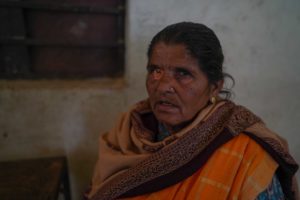
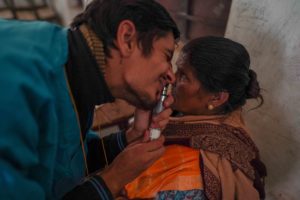
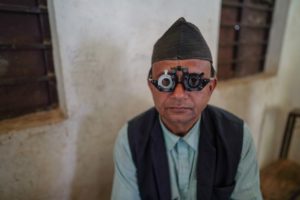
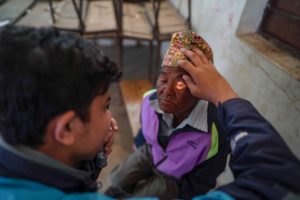
Teeth: 95
Our dental team performed 30 extractions and 21 restorations. They gave out nearly 200 toothbrushes along with education on how and when to use them. Lots were given out to children who were hanging around the camp but did not actually see the dental team.
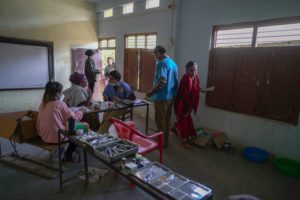
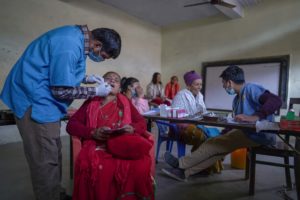
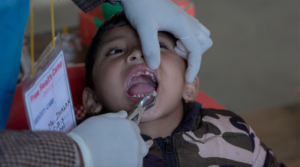
Women’s Health: 65
Our women’s health team found 5 cases of uterine prolapse, three of which were stage 3 and thus will be referred for free surgery. For those that would accept them, ring pessaries were inserted for those with stage a 2 prolapse.
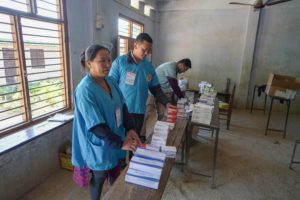
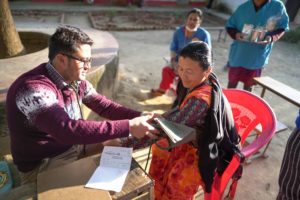
A massive thank you to everyone who helped organise and run this camp. Gabde School for allowing us to use them once again as a venue. All of our health providers and volunteers and especially our donors, One World One Heart and Quail Foundation, along side Dr Del Endres, without whom we wouldn’t be able to bring such invaluable health care and education to rural Nepali communities.


